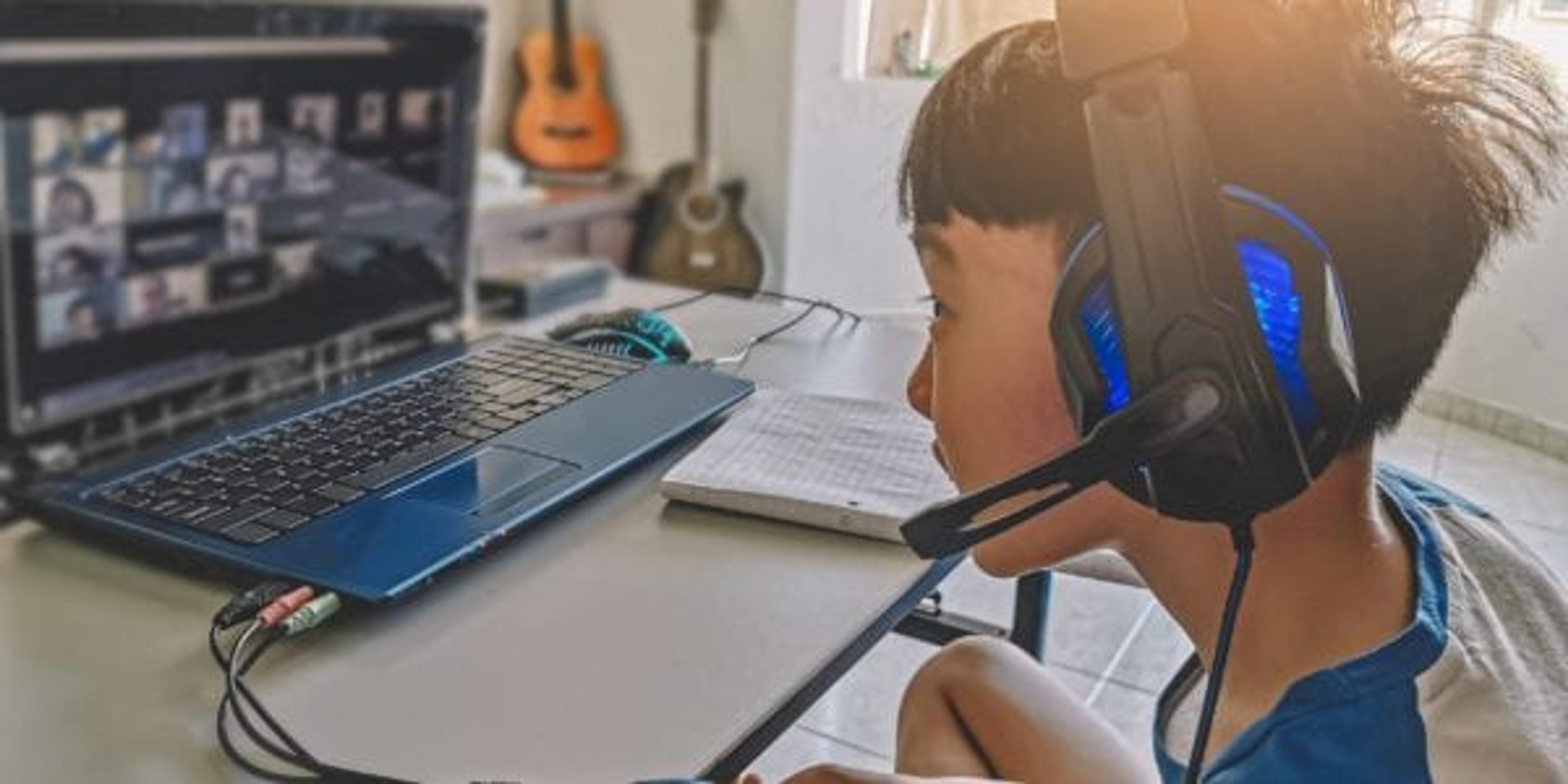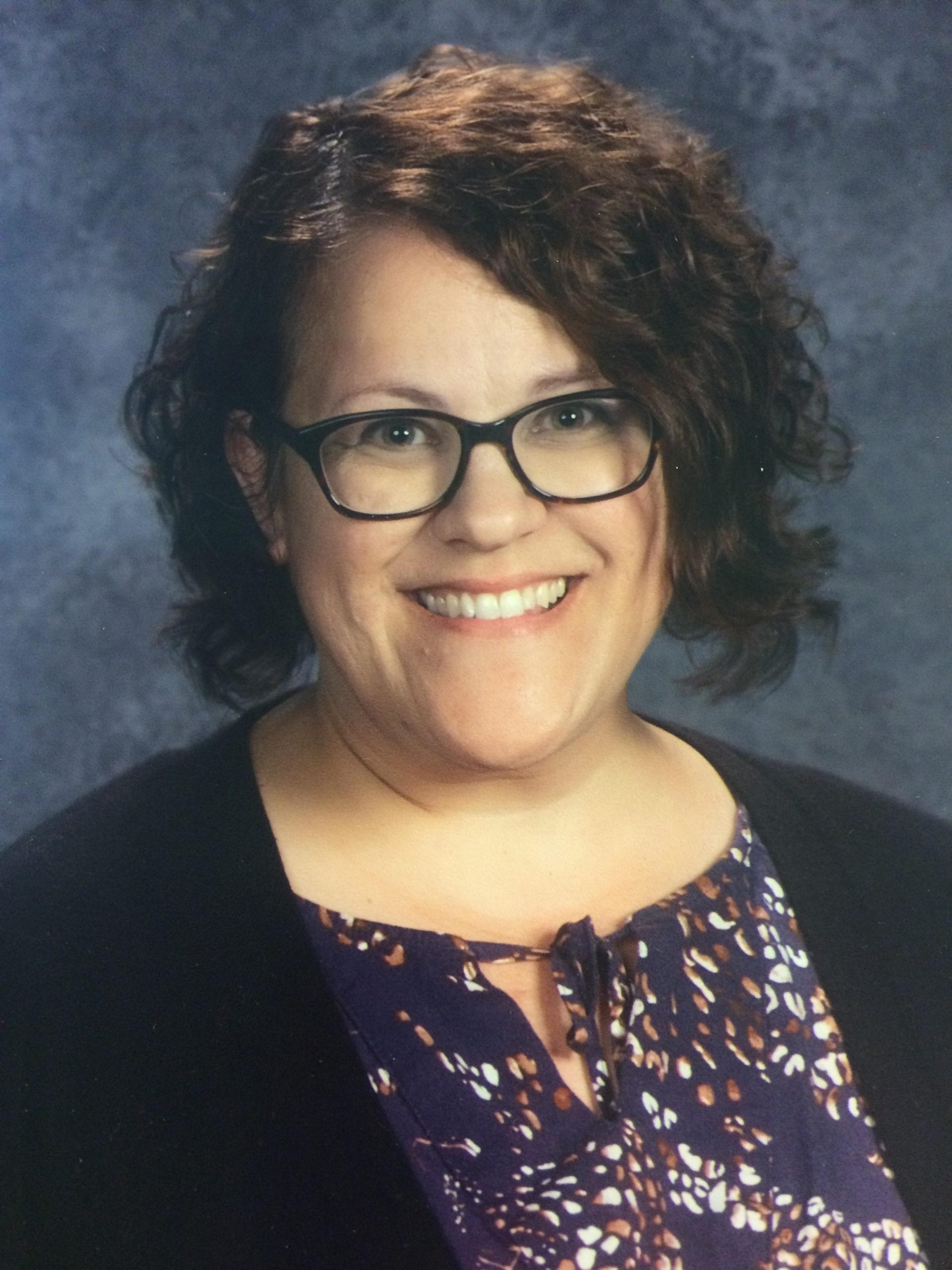Distance Learning Tips from Michigan Teachers

Julie Bitely
| 7 min read

With Michigan schools shut down through the end of the year, many parents have been thrust into teaching roles they weren’t anticipating.
Some set up their makeshift homeschools almost immediately, while others struggled to balance their own remote work with their children’s continued learning. Still others are essential workers who must continue to report to work while their kids are home with a spouse, relative or babysitter. This presents an entirely different set of challenges.
We talked to teachers from across Michigan to get their take on how parents and caregivers can successfully fit homeschooling into their day. All agreed that everyone needs to give themselves grace right now and that everyone’s homeschool will look different. That is okay.

Ryan Levitt
“Don’t put too much pressure on your students or yourself,” said Ryan Levitt, 8th-grade social studies teacher at Kenowa Hills Middle School in West Michigan. “This is new for everyone and no one is going to do it perfectly. This minor blip in a student’s school career is not going to impact their long-term future.”
Generally, the teachers we talked to agreed that these guidelines could be helpful:
- Amy Cummings Schedules are good but should be flexible. “I always find things run more smoothly whenever there is a routine in place and kids know what is expected of them,” said Amy Cummings, 6th– and 8th-grade earth science teacher at Dowagiac Middle School. Cummings acknowledged though that schedules can vary based on mood and energy levels. Focus on what you can and adapt as necessary.

- Aim for about 2-3 hours of “instruction” per day. Many of the teachers we talked to try to get their kids engaged in learning for about three hours every day. If you’re also working from home, those three hours can be Lauren Zeppa spread out when it works for you and can be scaled back if that’s just not feasible. “It can be overwhelming with multiple children and various assignments, so I strongly encourage you to take your time by setting a pace that works best for your family,” said Lauren Zeppa, 2nd-grade teacher at St. Anne Catholic Grade School in Warren. For younger kids, a focused 20-30 minutes per subject is a good goal and middle- and high-school students will probably be able to focus for 30-45 minutes on a subject without a break.

- Focus on core subjects first, but don’t underestimate recess and art. If your child’s teacher or school are sending assignments, start with those first. They’ll likely cover key subjects like math, science, language arts and social studies. Break up core subjects with breaks for “recess” or a special subject like music or art. Several teachers recommended Khan Academy for lesson plans covering core subjects by grade level. (See our full resource list below.)
- Learning can happen in everyday moments. Has your family been taking more walks together? Observe and talk about how spring is unfolding by asking your kids to count the different types of birds or flowers they can spot. Baking can provide a tasty lesson in measurement and fractions. Spending more time at home can also be an opportunity to teach important life skills like laundry, sewing, cooking and letter writing.
- Take time out for emotional health checks. Kids and teens are resilient, but their entire world just turned upside down in a short timeframe. If they’re having a tough time concentrating or are getting frustrated, it’s okay to put the book, tablet or worksheets away for a bit. Scheduling virtual chats with classmates and relatives can be a way for kids to still feel connected to people they might be missing.
- Strategically set yourself up for work success. If you’ve got an important work call on your calendar, set your kids up with age-appropriate activities to keep them occupied. That might mean taking a reading break, setting up an art project or finding an online concert or museum tour they can follow along with. If all else fails, it’s okay to turn to tablet time – load it up with educational games and apps and set screen time limits.
Do the best you can and try not to stress

Chevon Chenault-Starnes
Many teachers stressed that homeschooling your kids during this time should be a partnership with their teachers and schools. Parents should simply do the best they can, remembering that providing love and support to your kids is one of the most important things you can do right now.
“Teachers have your backs and are here for you at this time,” said Chevon Chenault-Starnes, a 2nd– and 3rd-grade teacher at Macomb Montessori Academy. Don’t try to take on too much on your own. Take this time to spend moments with your child, read to them, write stories with them and let them be imaginative. Look to your child’s teacher for guidance and we will get through this together.”

Amanda Polaski
“Not being in a physical classroom the next two months will not change (your child’s) life path,” said Amanda Polaski, K-5 technology and art teacher at Rogers City Area Schools. “For those of us who are blessed to be home and safe, use the time to bond as a family and show your children that during stressful times, being with family is what is most important.”
Use Teacher-Approved Online Resources
Not sure how to fill up instruction time? Remember, start with resources provided by your child’s teacher and school first and fill in with your own ideas or these teacher-approved online resources.

Tara Eisenlohr
“Parents should know that they are not alone in this,” said Tara Eisenlohr, an 8th-grade English and language arts teacher at Hart Middle School. We are blessed to have the internet which provides us with so many resources – use them! Don’t feel like you have to reinvent the wheel … it’s all there.”
These are educational resources the teachers we talked to specifically recommended:
Core Subjects+ Age/Grade Level ABC Mouse – Step-by-step instruction in reading, math, science, art and colors Ages 2-8 Khan Academy – Daily schedules for students to keep them learning Ages 2-18 BrainPOP – Interactive instruction across core subjects, arts & music, health, engineering & tech and more Upper elementary/ middle school IXL – Comprehensive curriculum plans focused on core standards K-12 Teachers Pay Teachers – Search lesson plans based on grade and subject. Resources are developed by teachers; many are free K-12 Izzit – Free educational videos and teaching guides K-12 Carmen Sandiego – Site offers a wide variety of resources covering multiple subjects K-12 Freckle – Core subject instruction K-12 language arts & social studies, K-9 math and K-8 science Reading/Language Arts Epic – Books, videos and quizzes to keep kids reading and working on comprehension Under 12
Vooks – Streaming library of read-aloud animated storybooks for young readers Preschool – elementary Teach Your Monster to Read – Phonics and reading game for beginning readers K-3 Raz Kids – Reading, writing and vocabulary tools K-5 Math and Science Splash Learn – Elementary math instruction K-5 Prodigy Game – Motivate students to learn and practice math 1st-8th Mystery Science – Fun, interactive science lessons K-5 OLogy – Science website with resources from the American Museum of Natural History K-5 Tyto Online – Science-focused video games for middle school students Ages 11-14 PhET – Virtual science and math labs and simulations K-12 Elemental Science – At-home science activities K-12 Nasa at Home: – Materials for students and educators to learn about NASA programs K-12 Technology ScratchJr. – Kids learn introductory programming to create interactive stories and games Ages 5-7 Scratch – Kids are introduced to programming through a site created by MIT Ages 8-16 Typing Club – Kids of all ages can learn to type on a keyboard K-12 Well-being and Physical Fitness GoNoodle – Movement and mindfulness activities for elementary students K-5+ TRAILS – Online resource guide for parents to help kids work through any mental health or emotional issues they’re having K-12
Thank you to all the teachers who helped with this report and teachers statewide working to make education accessible for all students and families. You are appreciated!
Related content:
Photo credit: chee gin tan





